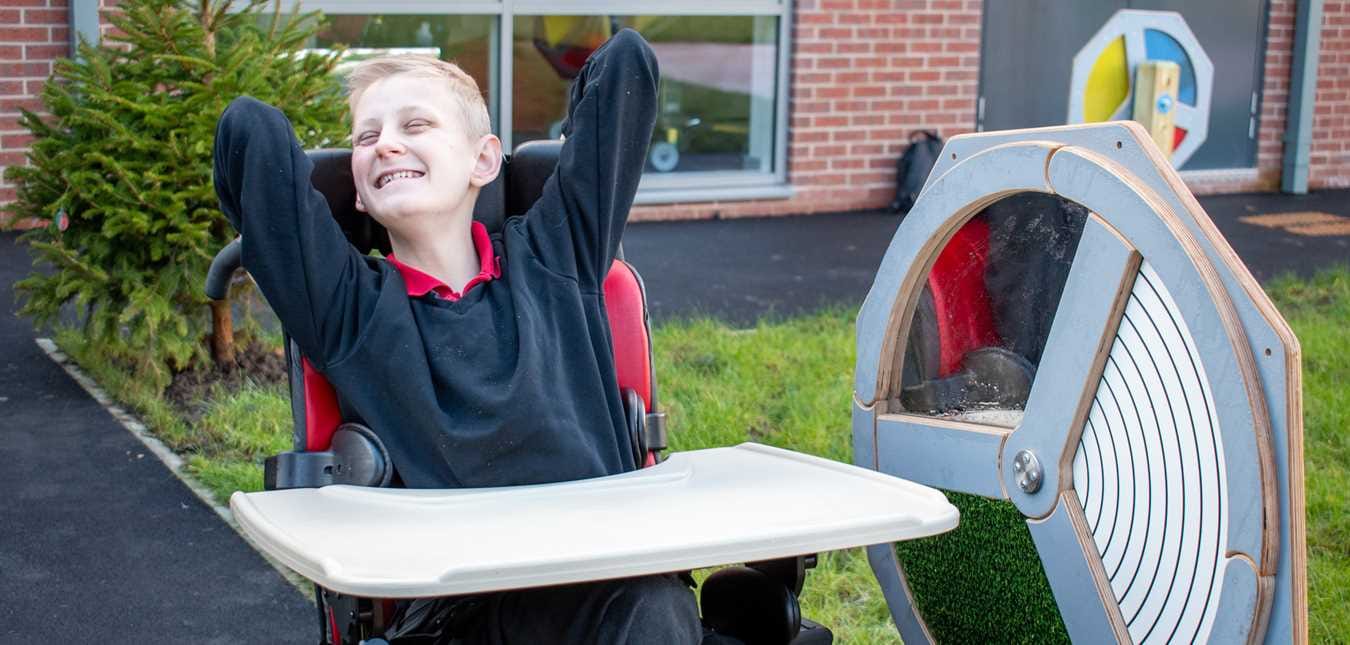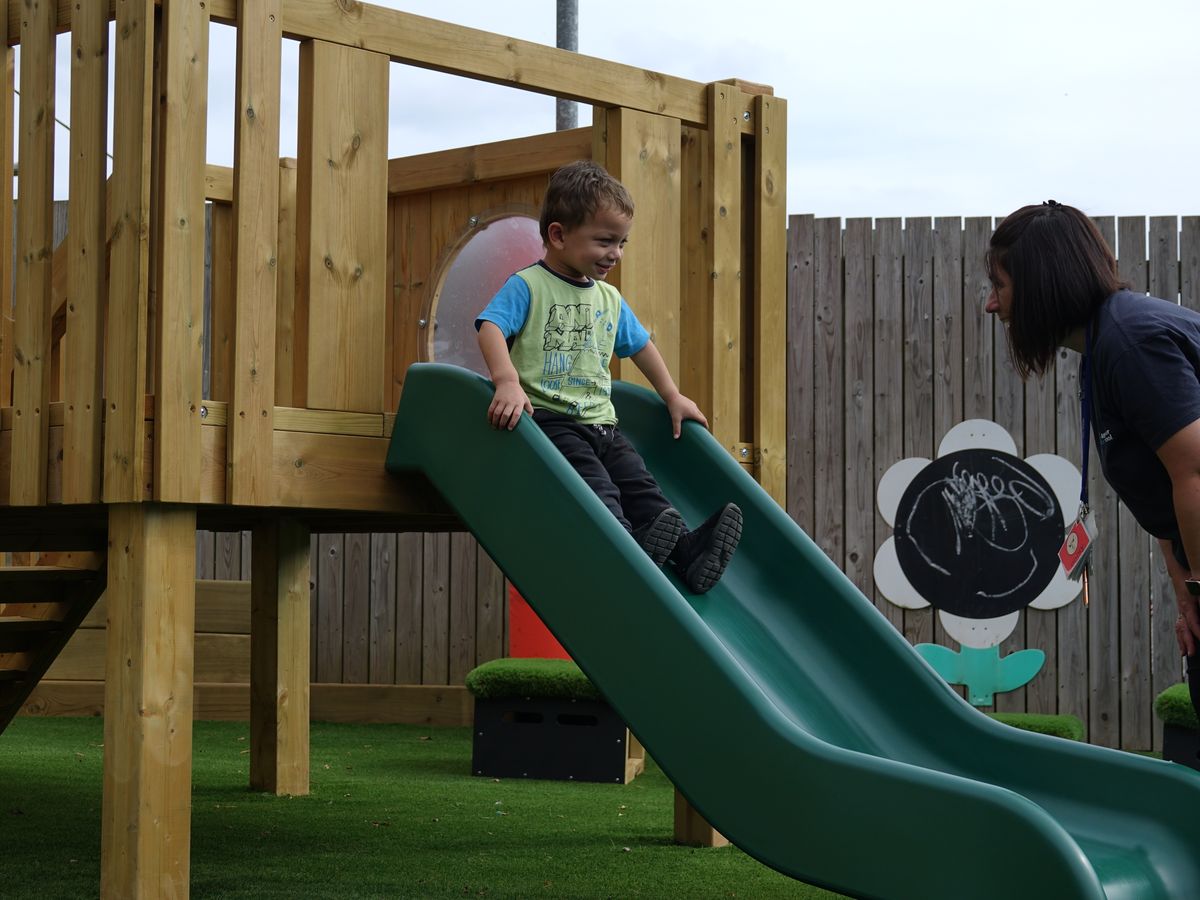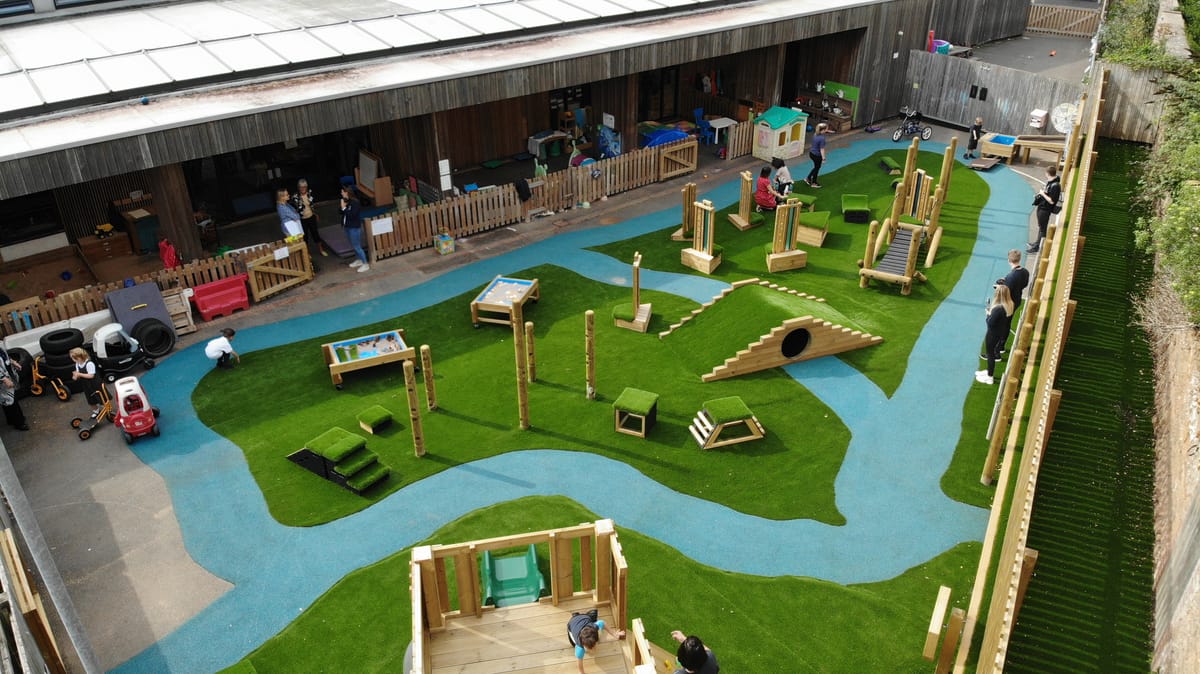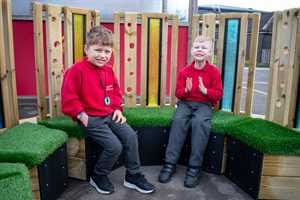
Special Educational Needs
The SEND Code of Practice Explained!
When you first took a look at the nearly-300 page “SEND Code of Practice (January 2015),” it’s quite possible that your brain might have automatically done exactly as ours did, and thought ‘oh my goodness, lengthy complicated education law stuff - how do I possibly have the time to read all this?!’
Did it happen to you too? Understandable! But if you’re a teacher, school leader, or parent of a child with Special Educational Needs and Disabilities (SEND), knowing this document is actually really important.
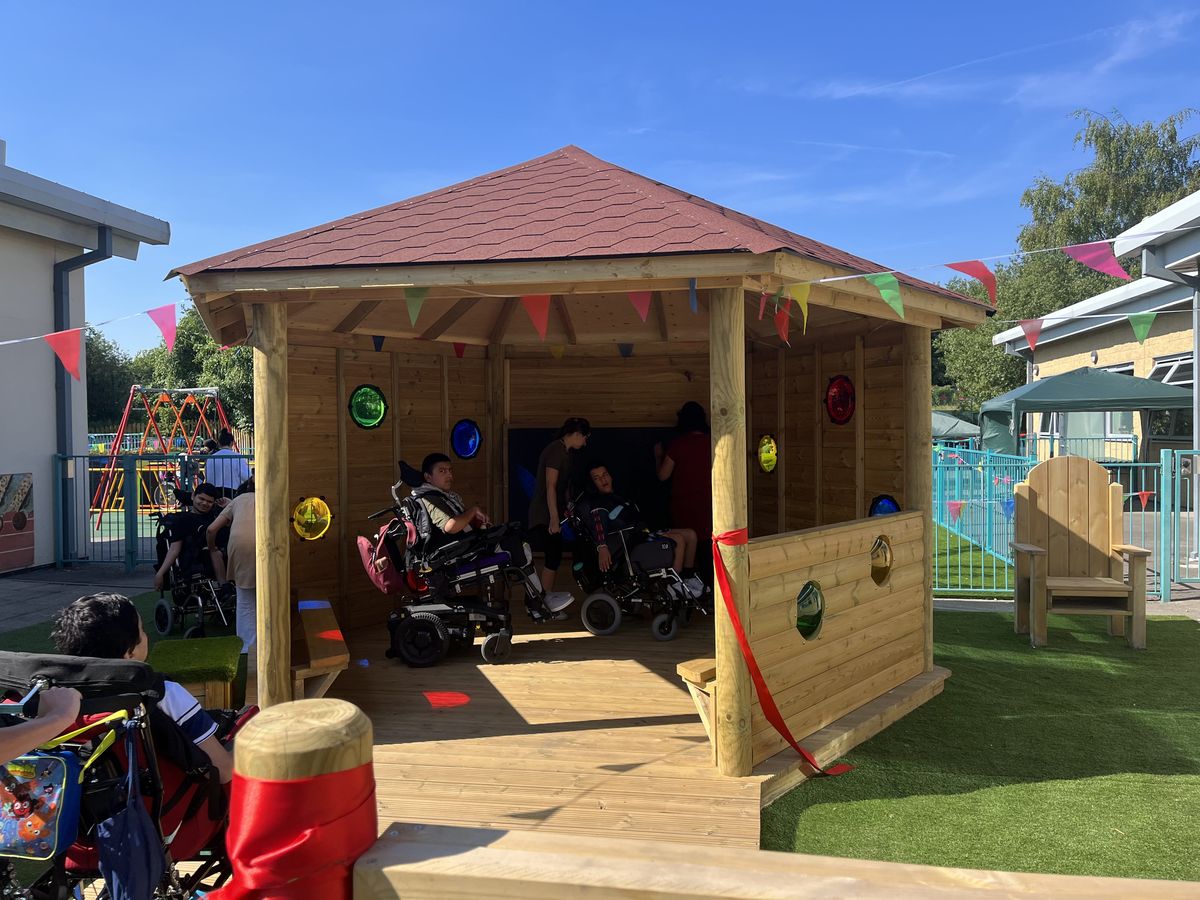
Why? Because from a point of law, it lays out how schools (and others) should be supporting children and young people with SEND, in line with Part 3 of the Children and Families Act 2014. And from a point of good practice in ensuring proper inclusion in schools, it’s an essential go-to guide.
So, if you are wondering where to start, and especially:
- What exactly is the SEND Code of Practice?
- What is my school supposed to be doing about it?
- What is an ‘inclusive environment’ and how does my school achieve this?
Then you’ve come to the right place! We’ve broken it down so that we can take a closer look together, and get a better idea of exactly what the SEND Code of Practice contains.
What Is the SEND Code of Practice?
In simple terms, the SEND Code of Practice (last updated January 2015) is a legal guidance document that explains how children and young people from the ages of 0 to 25 years old, who have Special Educational Needs and Disabilities, should be identified, supported, and included in education.

The Code was produced following the implementation of Part 3 of the Children and Families Act 2014 and associated legislation, and applies to schools, local authorities, healthcare services - pretty much every organisation involved in a young person’s education and care.
The main goals of the Code are to support:
- Greater participation by families in decision-making with greater choice and control of support
- Early identification of children’s needs with early intervention to support them
- A collaborative approach between families, educators and healthcare providers
- High quality provision, with a focus on inclusive practice and removing barriers to learning
- Making sure that children and young people can achieve the best possible outcomes and successfully prepare for adulthood
Who Has to Follow the SEND Code of Practice?
In short - every organisation in the education and care system must follow the guidance.
However, for the purposes of this discussion, we’re going to focus on mainstream schools, because that’s where most of the day-to-day inclusion actually happens.

Schools are legally required to follow the SEND Code of Practice, including headteachers, class teachers, teaching assistants, SENCOs and school governors. It’s even used by Ofsted as a point of reference when they assess how individual schools are supporting students with SEND.
Knowing the Four Broad Areas of Need
Chapter 6 of the SEND Code of Practice applies specifically to schools. It explains that all schools should have a clear approach to identifying and responding to SEND, as ‘the benefits of early identification are widely recognised – identifying need at the earliest point and then making effective provision improves long-term outcomes for the child or young person’.
Special educational provision should be matched to an individual child’s needs. Chapter 6 outlines the four broad areas of need that children’s Special Education Needs are generally thought of in - these are the main areas where children may need extra help.
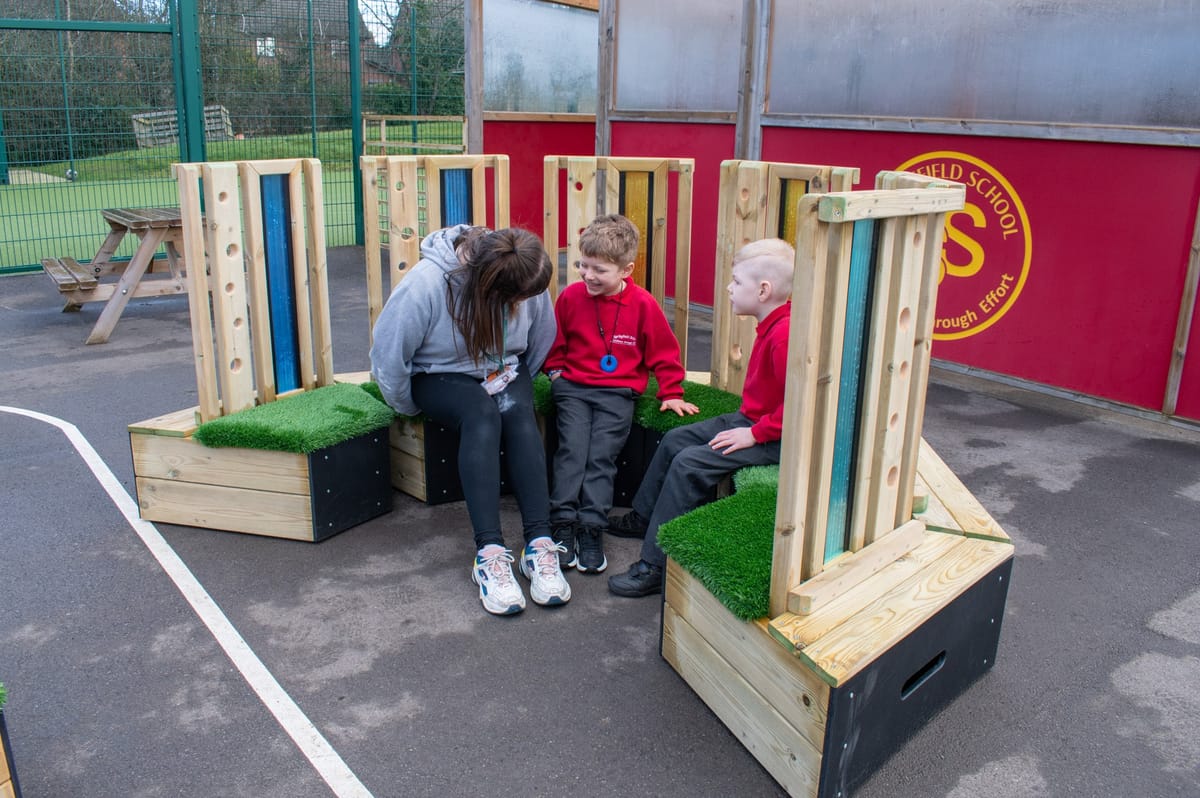
The Code explains that when schools are reviewing and managing special educational provision, they should review how well equipped they are to provide support across these four areas.
Understanding these four areas of need can help teachers and parents better pinpoint where support is required:
- Communication and Interaction – Young people with speech, language and communication needs have difficulty in communicating with others. This may be difficulties saying what they want to, understanding what is being said, or not understanding social ‘rules’ of communication. Children with ASD often experience difficulties with communication and social interactions.
- Cognition and Learning - Difficulties relate to understanding, memory, or processing information. Support for learning difficulties may be required when children learn at a slower pace than their peers, even with appropriate differentiation. Dyslexia, dyscalculia and dyspraxia are examples of cognitive and learning disabilities.
- Social, Emotional and Mental Health Difficulties – This covers a wide range of needs which manifest in many different ways, including anxiety or behavioural challenges. Some children with neurological conditions such as ADHD may also experience associated Social, Emotional and Mental Health Difficulties.
- Sensory and/or Physical Needs – This could include visual or hearing impairments, multi-sensory or other physical disabilities that impact learning. Some children and young people require special educational provision to enable them to access all the opportunities available to their peers, because they have a disability which prevents or hinders them from making use of the educational facilities generally provided.
Of course, many children experience different needs across more than one ‘area’ - each child is different, and this is recognised in the Code of Practice.
A Graduated Approach to SEND Support in Schools: Assess, Plan, Do, Review
The Code explains that SEND support for children and young people should take the form of a four-part cycle - ‘through which decisions and actions are revisited, refined and revised with a growing understanding of the pupil’s needs and of what supports the pupil in making good progress and securing good outcomes’.
This is known as the ‘graduated approach’ and it’s at the heart of the Code’s strategy for supporting SEND pupils. It works like this:
1. Assess
Teachers and SENCOs work together to gather information about, and carry out an analysis of, the child’s needs. This might involve observations and teacher assessments, conversations with parents, gathering the child’s own views, and input from specialists.
Assessments should be reviewed regularly to ensure that support and intervention are matched to need, and barriers to learning can be identified and overcome.
2. Plan
When it has been decided that a child needs SEN support, a tailored support plan should be created with clear goals. Parents must be informed of the decision and the teacher and SENCO agree, in consultation with the parents and, where appropriate, the child, the adjustments, interventions and support to be put in place.
The support to be provided for a child should be chosen in order to meet the specific outcomes identified, and should be provided by staff with sufficient skills and knowledge. A clear date for review must be agreed.
3. Do
Quite simply - the plan is put into action. Support may include extra teaching, assistive technology, or adjustments to the learning environment.
4. Review
After the agreed period, the plan is reviewed. What’s working? What’s not working? Here the plan can be adjusted as needed and go again. If a child has an EHCP, the local authority must review it at least every 12 months.
This cycle continues as long as the child needs support. It’s intended to be a dynamic, responsive way of making sure that no child falls through the cracks.
What Is SEN Support?
If a child has SEND but does not have an Education, Health and Care Plan (EHCP), they are supported through something called SEN Support. This is where the graduated approach kicks in.
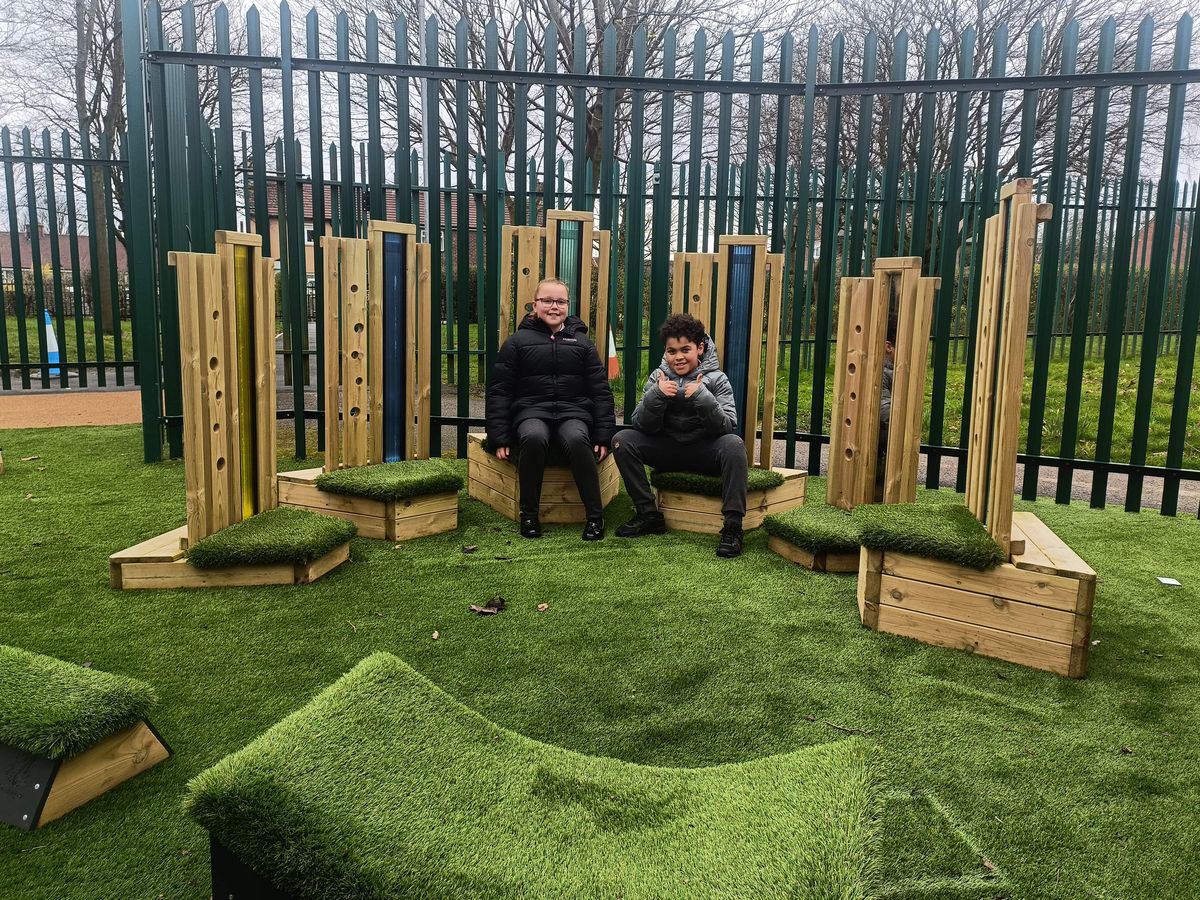
SEN Support is the school’s responsibility. That means teachers, SENCOs, and support staff need to:
- Understand the child’s needs
- Provide effective interventions and support
- Track and review their progress
If, over time, SEN Support isn’t enough, and the child continues to make less than expected progress, despite evidence-based support and interventions matched to their needs, the school should consider involving specialists, and involve parents in this decision.
Schools should work closely with the local authority and other providers to agree the range of local specialist services (e.g. specialist teachers, educational psychologists, therapists, Child and Adolescent Mental Health Services).
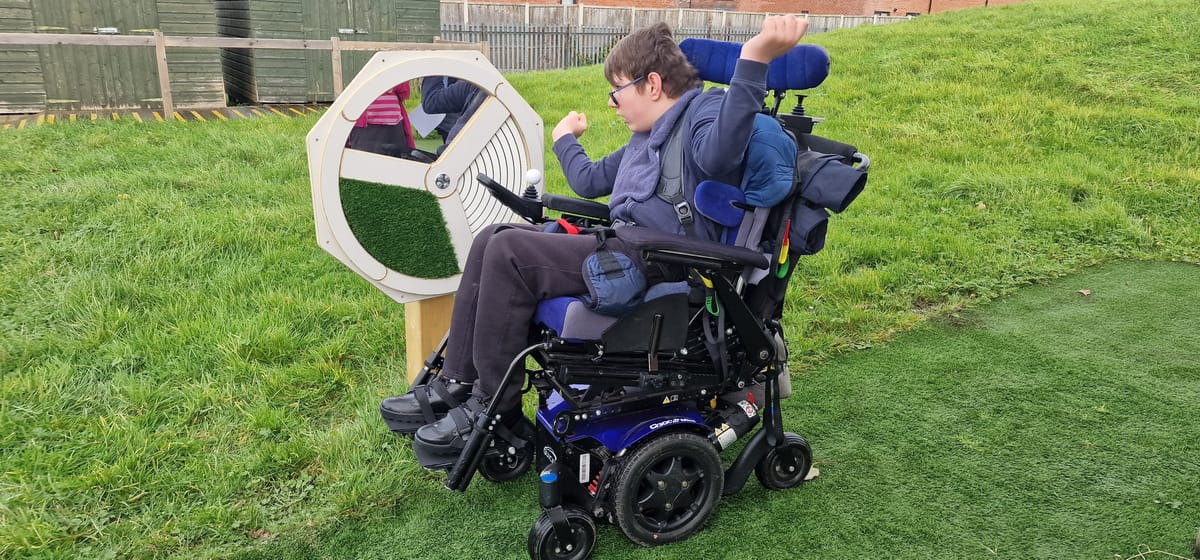
The school and parents can also request an EHCP, which is a more detailed and formal, legally binding document outlining the child’s needs and the help they require. Chapter 9 of the Code covers all the key stages in statutory assessment and planning and preparing an EHCP, and guidance on related topics.
The Role of the SENCO
Every mainstream school is required to designate a qualified teacher working at the school as a Special Educational Needs Coordinator (SENCO) - and they must have, or achieve within 3 years of appointment, a National Award in Special Educational Needs. The SENCO plays a vital role - they’re essentially the glue holding the school’s SEND strategy together! Their job is to:
- Oversee day-to-day SEND operations
- Coordinate support for pupils with SEND
- Liaise with and be a key point of contact for parents, teachers and external professionals and organisations
- Make sure the school is meeting its legal obligations with regard to SEND
Working in Partnership with Parents and Pupils
One of the biggest changes that the SEND Code of Practice brought about, was a big emphasis on collaboration - seeing a shift away from any “school knows best” type of approach to include parents, carers, and the child themselves as front and centre in the planning process for SEN support.
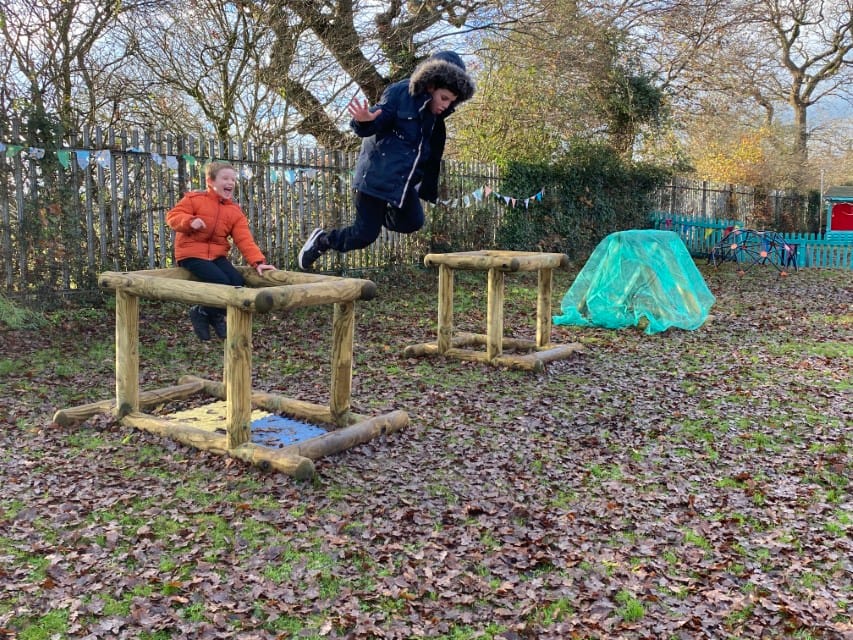
Schools are required to involve parents in decision-making, listen to the child’s voice, and provide clear communication to families throughout the entire graduated approach process.
This is known as a person-centred approach - it’s about building trust and working together, and it’s based on the very real idea that children and their families are the experts in their own experiences.
It’s crucial to remember that supporting children with SEND is a whole-school effort - it isn’t just the SENCO’s job, or just for teaching assistants or specialist staff. The idea behind the SEND Code of Practice is that it helps everyone to stay on the same page.
So whether you’re a teacher trying to understand how to support a child with SEND, a parent wondering what your rights are, or a school leader looking to improve your inclusive practice - the Code is relevant to everyone.
Why Inclusivity Matters
Let’s zoom out for a moment.
The SEND Code of Practice is more than just a checklist guide - the entire concept and creation is rooted in the principle of inclusion. That means that:
- Children with SEND are valued members of the school community.
- They have access to the same opportunities as their peers.
- Schools have to make reasonable adjustments to accommodate children’s different needs.
Although vitally important, inclusion is not just about physical access. It’s also about attitudes, relationships, and culture. SEND pupils should be respected, supported, and encouraged to thrive equally alongside their peers. This benefits everyone - not just pupils with SEND, and this is what the Code sets out to achieve.
Where to Go Next
It’s true that schools often face real challenges when it comes to implementing the SEND Code of Practice properly. Budget constraints, staff shortages, and limited access to specialists can make things tough.
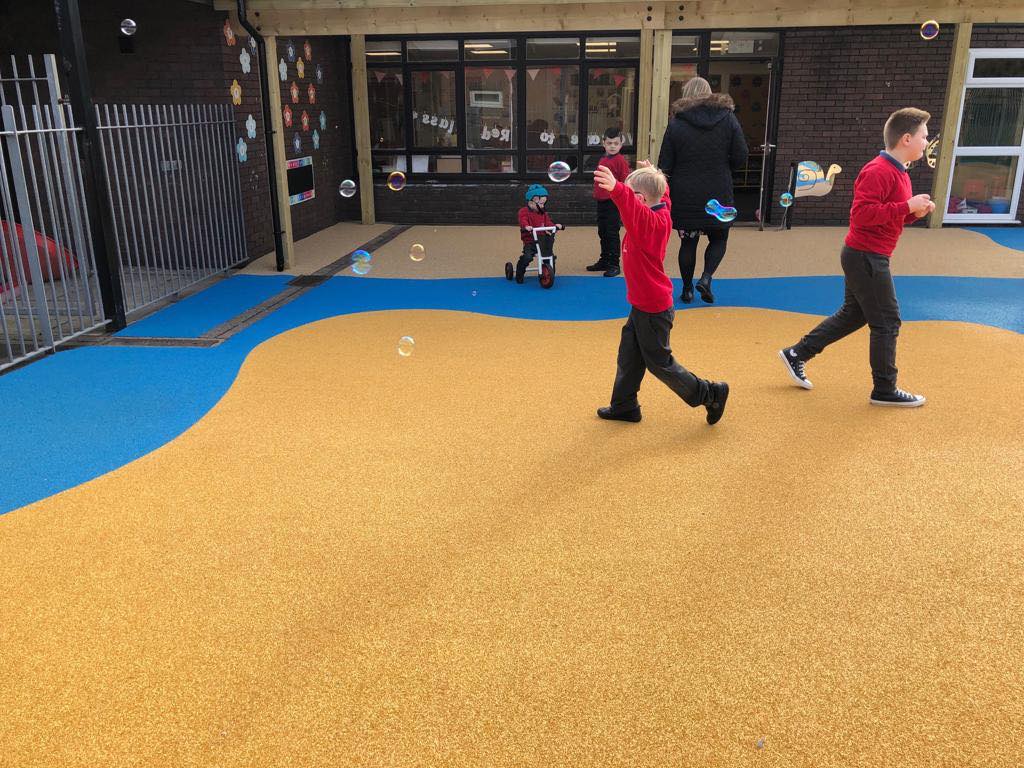
The Code is really about commitment - schools doing their best to work with families, stay informed, and adapt their practice, and this in itself makes a massive impact.
If you want to dig deeper, here are some helpful places to start:
Can we help you? Here at Pentagon Play, we have over 25 years of expertise in designing and building outstanding inclusive outdoor learning environments and sensory spaces for schools and nurseries.
We can transform your school playground into a wholly inclusive, fun-filled play and learning environment for children of all abilities, to suit your school’s needs and budget. Please do Contact Us to arrange a free, no-obligation consultation.
